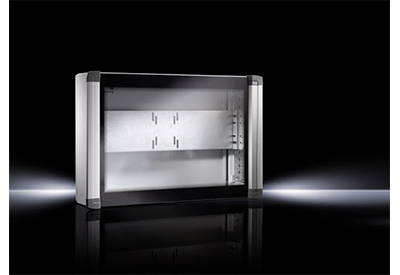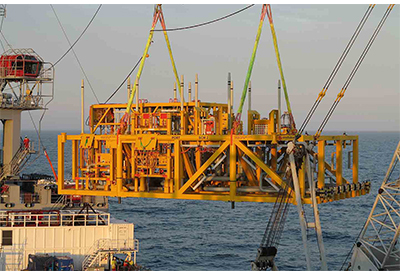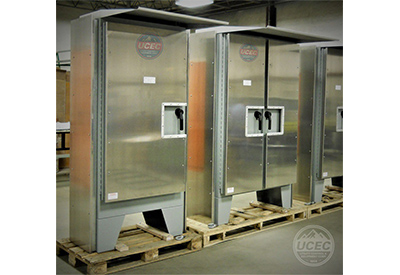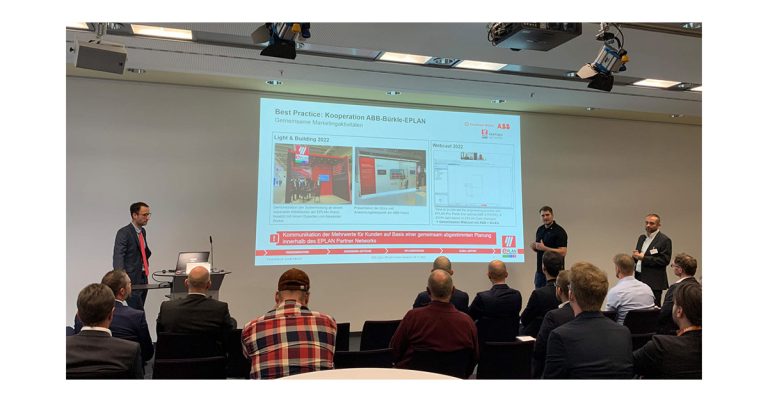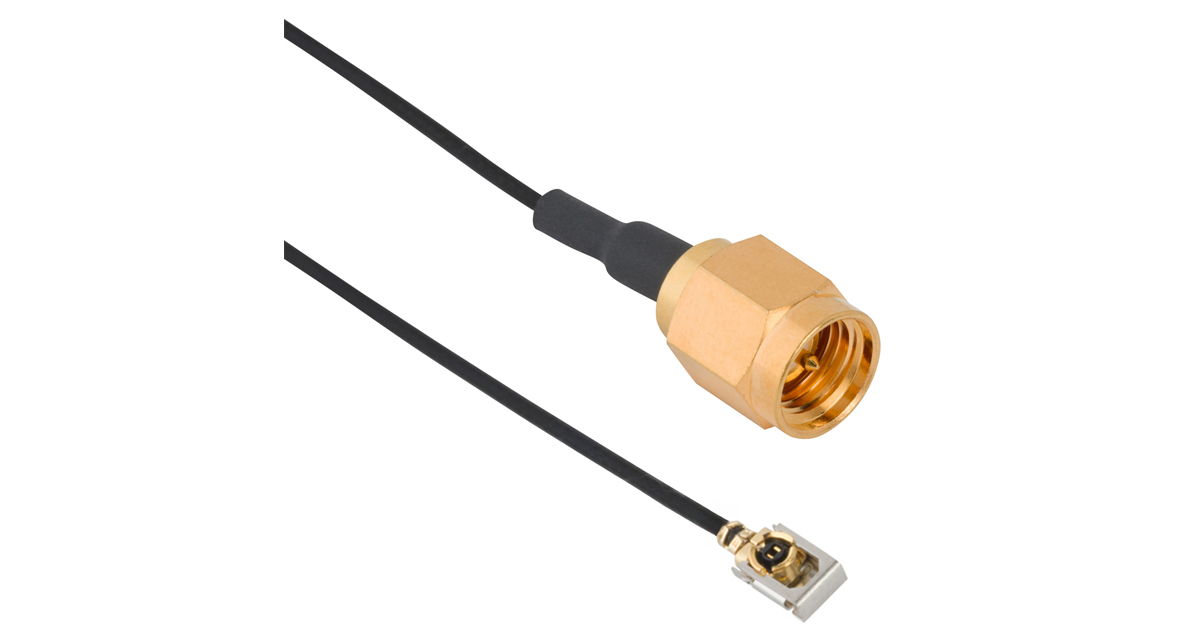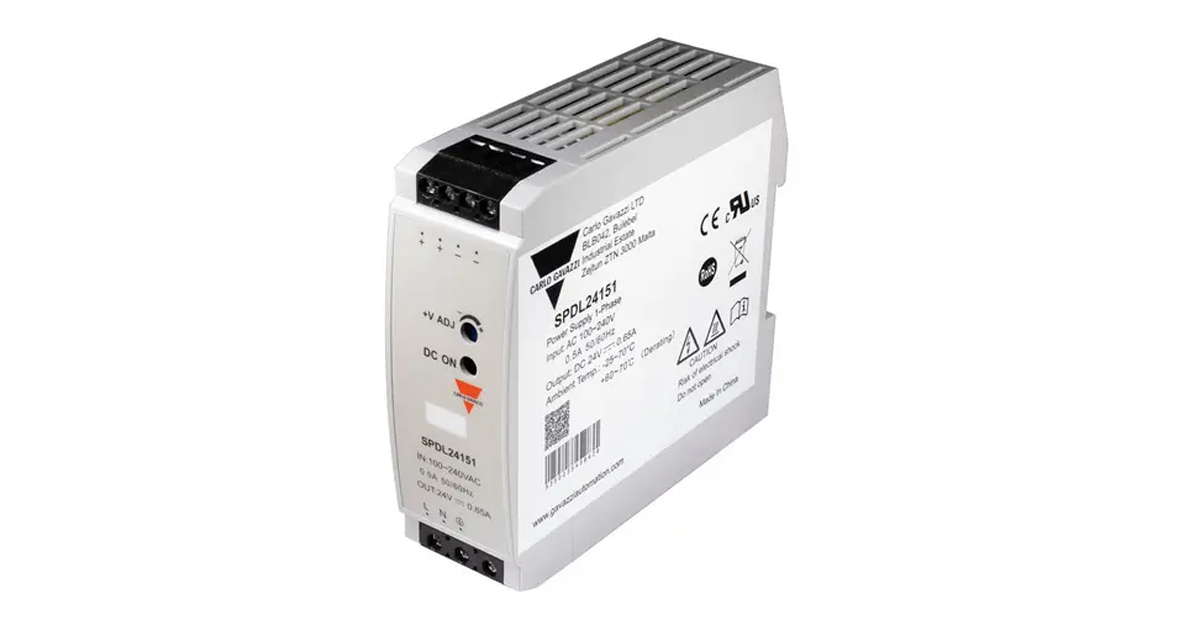Safety in Electrical Installations
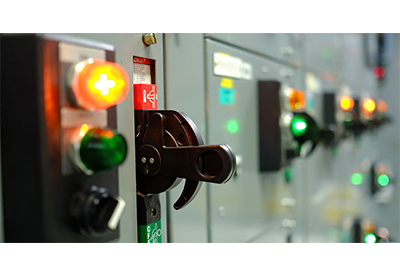
May 5, 2020
The main objective of electrical facilities is to supply reliable power. To guarantee the power supply and the efficient and continuous management of the operations, a highly resistant and secure electrical installation is required.
Electrical equipment is potentially hazardous and, in the unfortunate case of failure or anomaly, the consequences can be fatal for both people and properties. This is why it is important to adopt a holistic approach in which personnel, devices, and monitoring systems are integrated.
To guarantee the safety and efficiency of plant operations, it is essential to invest in quality electrical installation, on which security, efficiency, and continuity of operation depend.
The design of the electrical installation
The design of an electrical installation consists of the following phases:
· Analysis of the installation and loads to be fed
· Sizing the transformers and generators
· Calculation of load flow and short-circuit currents
· Selection of protection devices
· Sizing the wiring system
· Verification of the voltage drop limits at the final loads
· Verification of coordination of protections
An exhaustive analysis of the loads, type, power and specific needs will allow the design of the installation to be optimal. Another important phase is the sizing of the wiring system. Cables sections are important in many aspects, such as cost and voltage drop. Improper cable sizing can negatively affect the system and lead to unexpected costs for replacement, in addition to the loss in terms of energy and time.
Its role is of utmost importance as it must guarantee:
• Quality of management processes: the safety of the electrical network of the plant is crucial to guarantee the quality of the processes of the plant. Factors such as climatic conditions, renovations of the facilities and the aging of the equipment can affect the quality of the equipment and increase the risk of cutting off the energy.
• Energy efficiency: the efficient management of energy is guaranteed with optimized design, able to reduce downtime and expense.
• Safety of the plant and its operators: documented architecture is an excellent way to guarantee the security of the system.
• The sustainability in the electrical design: professionals must look for sustainable processes and energy efficiency with low CO2 emissions. It is also recommended that the electrical network of a plant should be designed for its immediate integration with energy and waste monitoring systems.
• Scalability: the scalability of the electrical installation is a fundamental requirement so that equipment and processes do not become obsolete, with possible negative consequences for plant safety, energy efficiency, and operational effectiveness.
• Optimized cost of the life cycle: the electrical equipment must be reliable and operational 24 hours a day, seven days a week. And since energy represents up to 30% of the operating cost of a plant, investment in a high-quality electricity network is of utmost importance.
Compliance with electrical standards
The equipment must comply with the regulations and with the corresponding standards to guarantee the safety of the plant and its operational efficiency.
Maintenance of electrical equipment
Maintenance of electrical equipment is also an important aspect when it comes to quality and safety. Aging infrastructure or alteration of the electrical system over time due to hazards as arc flash can negatively affect its performance and result in a power interruption. It is important to provide inspection, verification of the effectiveness of the equipment, testing of preventive measures to avoid electrical hazards, maintenance and eventual identification and replacement of electrical equipment.

elec calc
When it comes to the electrical installation lifecycle – from design to maintenance, including production and inspection – safety and energy efficiency are top priorities. Given the fatal risks associated with the electrical engineering industry, it is essential to invest in efficient and reliable technology, capable of connecting information and people along the whole project lifecycle and driving the best outcomes.
The efficient management of energy is guaranteed with optimized design, able to reduce downtime and expense. Reliability and availability for electrical distribution systems will remain on the front line for electrical designers. These qualities not only determine the quality of the power supply but also have a great impact on the safety of those who operate these facilities. Additionally, increasing focus on environmental impact and energy consumption will continue to challenge designers during their innovation of new ways to provide a higher level of integration with energy and waste monitoring systems.
elec calc efficiently manages the electrical installation lifecycle. This sophisticated software guarantees top precision of complex calculations, rigorous sizing, deep analysis of the electrical network by simulating and comparing different scenarios, smooth maintenance, and BIM integration.
elec calc is the software solution dedicated to the sizing of electrical installations, the only one in the world that allows integrating the management of high and low voltage in the same project and compliance with international standards. The software possesses all the necessary functions to carry out a complete analysis of critical facilities with detailed studies. It further allows the user to check several operational scenarios such as emergency, network change-over, to analyze each operational condition using the behavior and sizing of the installation.
{videobox}G0dFyRUTkFQ{/videobox}
![]()
https://www.trace-software.com/blog/safety-in-electrical-installations/

